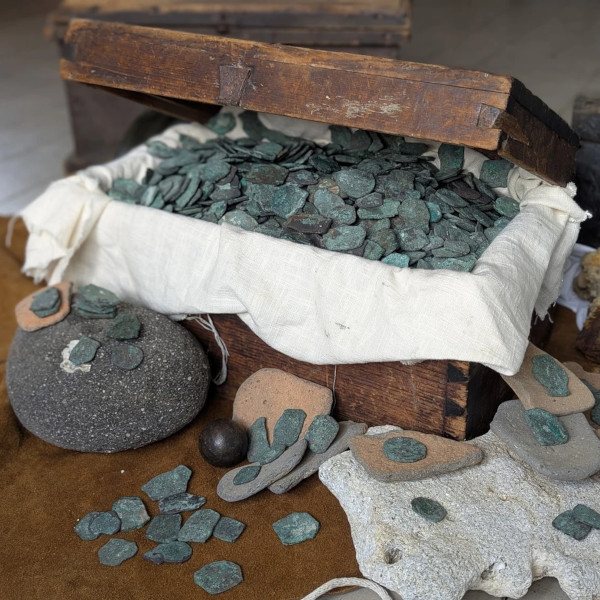
Photo: Stock Photos from Aekotography/Shutterstock
This post may contain affiliate links. If you make a purchase, My Modern Met may earn an affiliate commission. Please read our disclosure for more info.
You don't need the gift of clairvoyance to get a glimpse of tarot cards‘ popularity. For centuries, the illustrated cards have captivated people all over the world, first as a fun game and later as a fortune-telling tradition.
Want to learn more about the magic of tarot cards? Here, we take a closer look at the unique practice, including its fascinating etymology, spellbinding history, and contemporary ritual.
Etymology

Photo: Stock Photos from bigjom jom/Shutterstock
The term tarot derives from tarocchi, an Italian word whose root—taroch—translates to “foolishness.”
The word taroch was used in the 15th century, when trionfi, a 70-card game inspired by the theatrical festivals popular during the Italian Renaissance known as trionfo emerged.
Trionfi cards typically featured gilded decorations and hand-painted illustrations of personified and allegorical motifs. In the 16th century, “the fool” joined this cast of characters, and trionfi game became known as tarocho in Italy and taraux—a term that eventually evolved into tarot—in France.
Enchanting Evolution
Fun and Games
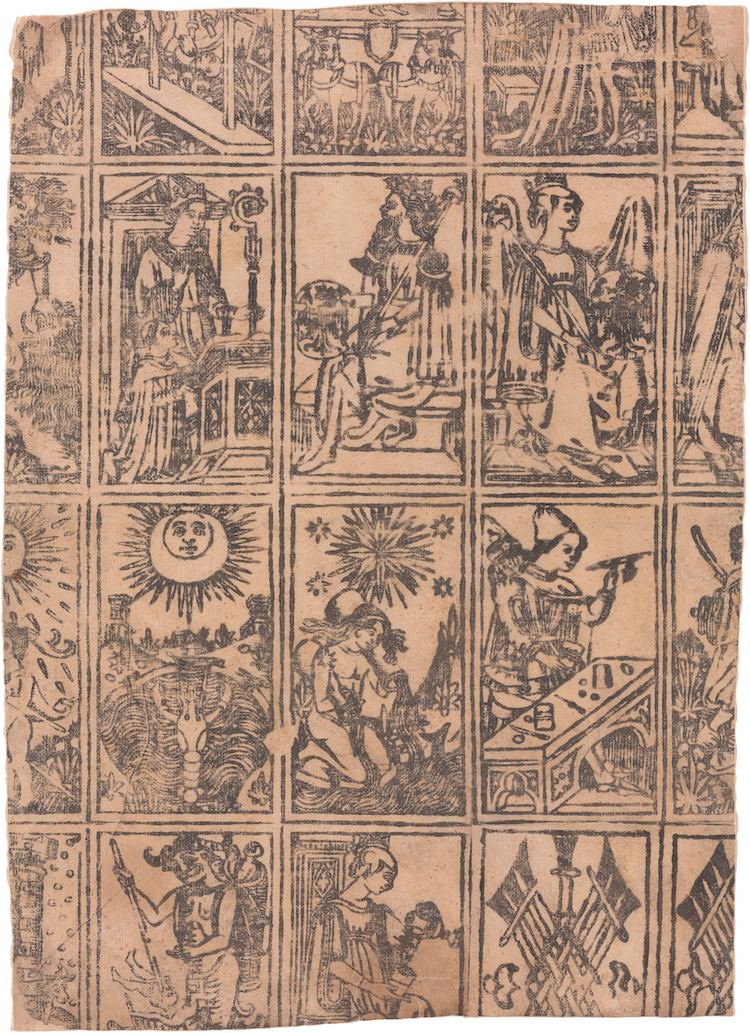
Photo: Wikimedia Commons (Public Domain)
When trionfi cards emerged in Italy, they were used solely as entertainment. Each deck featured four suits—Swords, Batons, Coins, and Cups—as well as trumps, cards that outranked all others. The trump motifs varied from deck to deck, with classical themes as popular choices.
The earliest known glimpse of the game's rules is in a manuscript from the early 15th century. Written by Martiano da Tortona, a chancellor and secretary to Milanese duke Filippo Maria Visconti, this text describes a deck with 60 cards: 44 featuring images of birds (the eagle, turtle dove, dove, and phoenix), and 16 adorned with portraits of Roman gods (Jupiter, Apollo, Mercury, Hercules, Juno, Neptune, Mars, Aeolus, Pallas, Diana, Vesta, Daphne, Venus, Bacchus, Ceres, and Cupid). As Tortona noted that “every one of the gods, however, is above all the orders of birds and the ranks of kings,” it is crystal clear that these 16 cards are the trumps.
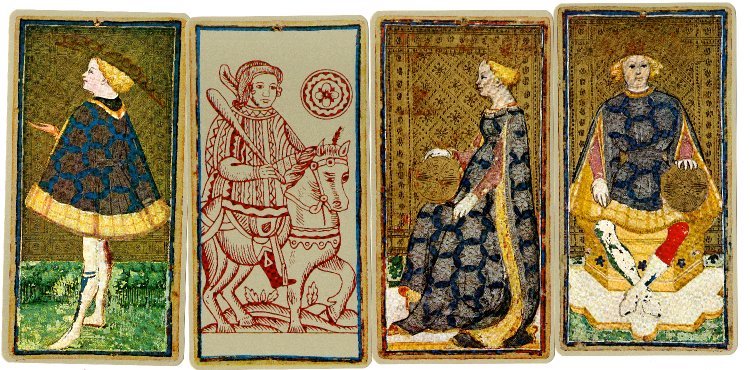
Visconti Sforza Tarocchi Deck (Photo: The British Museum [CC BY-NC-SA 4.0])
While the number, aesthetic, and rankings of cards can vary from deck to deck (something that's been in effect since Tortona's time), these rules remain in use today—though, in the 18th century, the cards took on an occult life of their own.
Magical Transformation
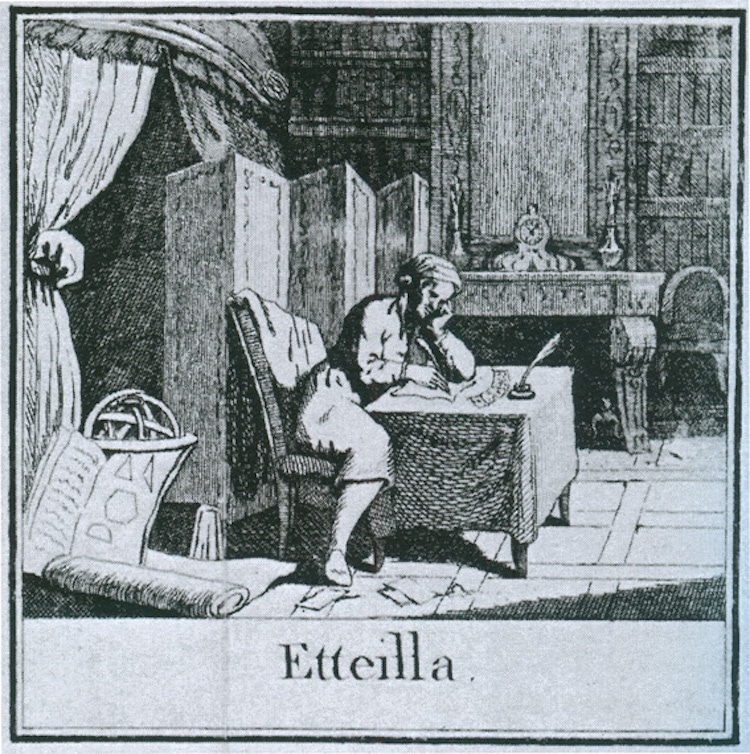
Photo: Wikimedia Commons (Public Domain)
According to a manuscript written by an unknown source in 1750, the 62-card Tarocco Bolognese from the 15th-century was among the first decks to be used as a means of fortune-telling. By the 1780s, people in France were assigning divine meanings to their decks as well, predominantly with the Tarot of Marseilles, then the country's most popular playing cards.
This movement was led by French occultist Jean-Baptiste Alliette, or Etteilla, whose book Etteilla, ou manière de se récréer avec un jeu de cartes (“Etteilla, or a Way to Entertain Yourself With a Deck of Cards”) unreliably linked the tarot to ancient Egyptian texts.
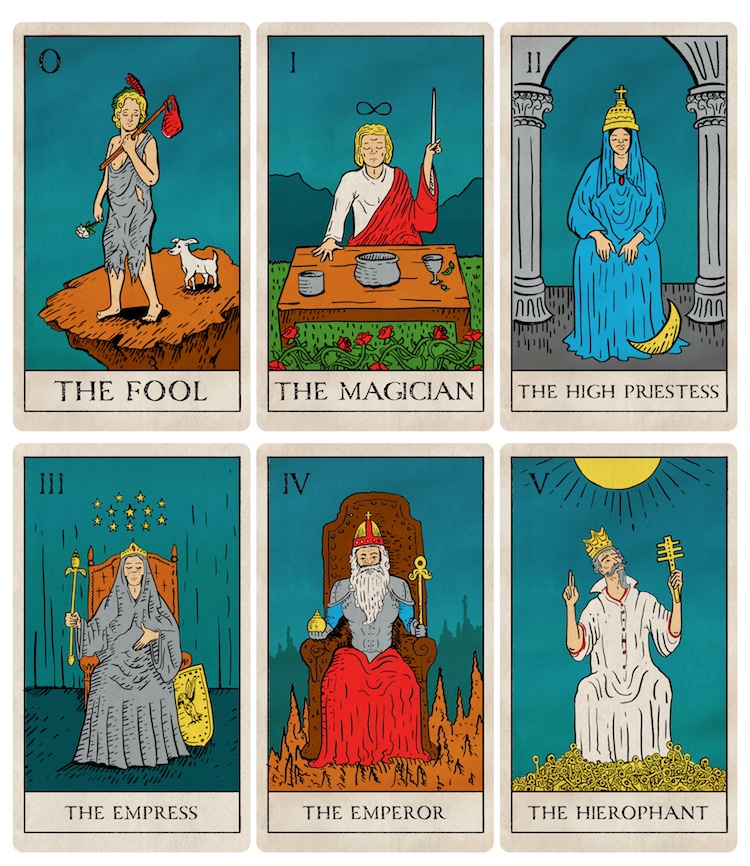
Photo: Stock Photos from Fer Gregory/Shutterstock
In 1789, Alliette produced a new deck of tarot cards intended solely for supernatural use. This deck comprises 78 cards organized into two categories: the Major Arcana and the Minor Arcana.
The Major Arcana features 22 cards, each denoting an allegorical figure (The Magician, The High Priestess, The Empress, The Emperor, The Hierophant or Pope, The Hermit, The Hanged Man, The Lovers, The Devil, and The Fool) or personification of an object (The Wheel of Fortune, The Chariot, The Tower, The Star, The Moon, The Sun, and The World) or abstract concept (Strength, Justice, Judgment, Temperance, and Death). These cards are believed to hold the “big secrets” of spiritual self-awareness.
The Major Arcana features four suits (the Suit of Swords, the Suit of Batons, the Suit of Coins, and the Suit of Cups) of 14 cards each. Each suit, in turn, comprises ten numbered cards and four court cards: the King, Queen, Knight, and Jack. These cards are believed to hold the “small secrets” of everyday life.
By the turn of the 20th century, tarot cards—particularly the Tarot of Marseilles—were so entwined with the occult that the Tarot Nouveau, a deck used solely for playing rather than predicting, was created.
Reading Tarot Cards
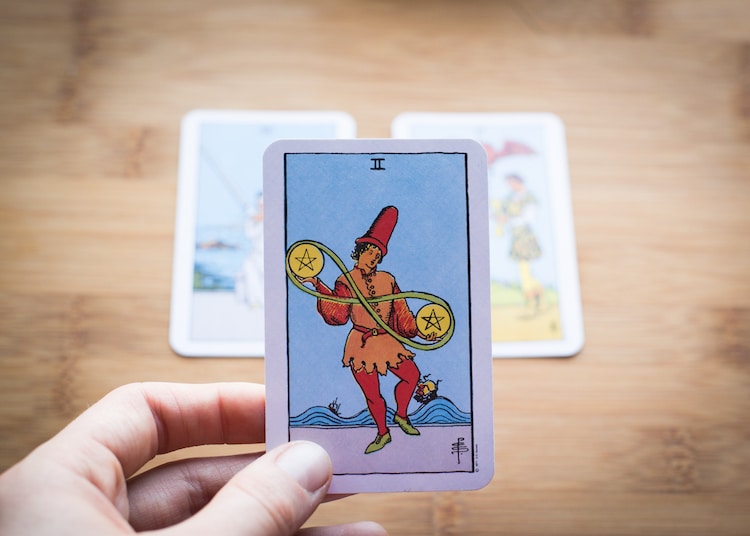
Photo: Stock Photos from gosiasz00/Shutterstock
Today, the tarot continues to serve as both an ordinary card game and an occult ritual. While there are many ways to “read” tarot cards to tell one's fortune, a common approach is the three-card spread.
There are numerous variations of this method, including an easy technique that helps unlock and explain your past, present, and future.
Want to give it a try? Follow these simple steps:
- Begin by shuffling the deck of cards. (Amazon has a thorough selection of Tarot card decks.)
- Stack the deck.
- Pick up the top three cards.
- Place them in a row.
- Read the cards from left to right, using the cards' meanings to reveal “secrets” about your past, present, and future.
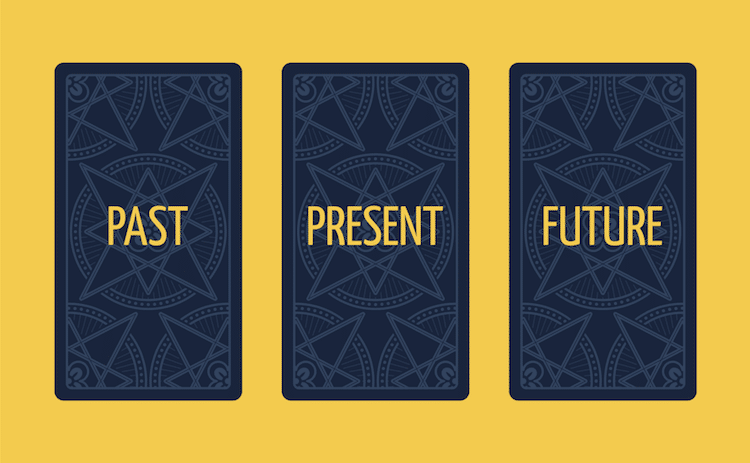
Photo: Stock Photos from moibalkon/Shutterstock
Ultimately, whether you want to take up tarot as a mystical hobby or as a means of having some superstitious fun, let this bit of history and quick contemporary ritual be your guides!
Related Articles:
The History of Halloween: Exploring the Age-Old Origins of the Enchanting Holiday
What is Mardi Gras? Have a Ball Learning All About “Fat Tuesday”
14 Enchanting Gifts That Double as Good Luck Charms
Salvador Dalí’s Surreal Tarot Card Designs from 1984 Have Been Re-Released




















































































